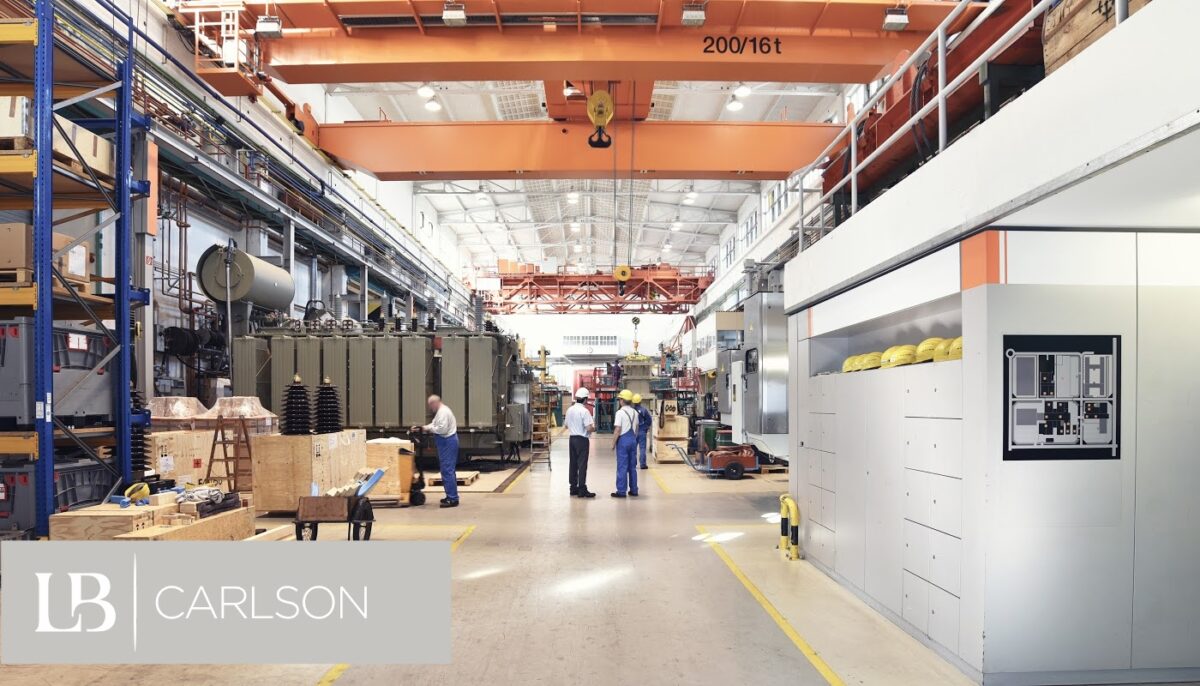Written by Dea Johnson, CPA, CITP
Partner, LB Carlson
We all learned a lesson in supply chain when we couldn’t find toilet paper 18 months ago. You may have seen higher pricing, a run on products that left shelves empty, or you were limited on the number of packages you could buy. You may have decided to purchase a different brand, go to another store, or shop on the internet where you usually wouldn’t have shopped for toilet paper. Who would have thought something as historically abundant and necessary as toilet paper would be out of stock?
Many manufacturers have also had a considerable disruption in their supply chain. The one inventory part holding up completing a bill of materials or finished product for resale became the needle in the haystack. A company may have adjusted by ordering smaller quantities of product or paying additional freight costs just to have as many pieces shipped to them as soon as possible.
Another disruption to the normal day-to-day operations was going through the process of finding and qualifying new vendors that could provide the same part. The practice of buying overseas became cumbersome and expensive. Manufacturers started sourcing their needs locally or nationally rather than dealing with extended timelines and expanding international freight costs.
To react to these changes and still protect their profit margin, additional internal adjustments were needed. Items were forced to be ordered just in time, using minimum order quantities, and keeping fewer parts on hand. As companies grew, historically they added parts customers asked for or that seemed to be complementary to the mainstream products. However, these may not have been the best parts for the company to invest in.
With limited inventory and problems fulfilling orders, some manufacturers took this as an opportunity to identify their high-margin and high-turnover parts and focus on manufacturing and fulfilling these orders as well as increasing sales for them. They also identified the low-margin and low-turnover parts and stopped manufacturing, purchasing or keeping these parts in stock.
Manufacturers are seeing additional costs because of the supply chain challenges. International shipping containers have increased their charge from around $3,500 per container to more than $19,000. Freight companies are using higher pricing for direct freight or priority shipping to order critical parts.
These additional shipping costs are not always easy to pass along to the end consumer. There could be contracts in place with set pricing and delivery dates. What if the customer is not willing to pay the additional cost? In that case, a manufacturer needs to assess the relationship and decide if they can or want to cover the additional freight costs. No one knows how long the higher freight costs may be in place. This could be a short-term increase in freight that decreases the profit margin on this particular sale, or it could be in place for a long time. How crucial to the business is this one customer? How do you renegotiate the contracts to include more of the increased freight costs and delivery delays? How do you quote new business?
Supply chain challenges have become part of the everyday problem-solving for most manufacturers. With a labor shortage and the fact many manufacturers were shut down at some point over the past 18 months, the output of the product is exponentially behind in fulfilling orders. Not only were manufacturers not producing parts, but users of those parts also may have shut down.
As we count the layers of companies relying on each other and then add to it the pent-up demand for the products, it would seem we have a long timeline for supply to catch back up with demand. Manufacturers must rethink the partners in their supply chain as well as review their internal operations, vendor and customer agreements, the number of products they sell and keep on hand, and how their pricing model works with inflated freight costs. As a positive outcome, manufacturers that take these steps seriously will find themselves potentially more focused, more profitable, and have a stronger relationship with both vendors and customers.


